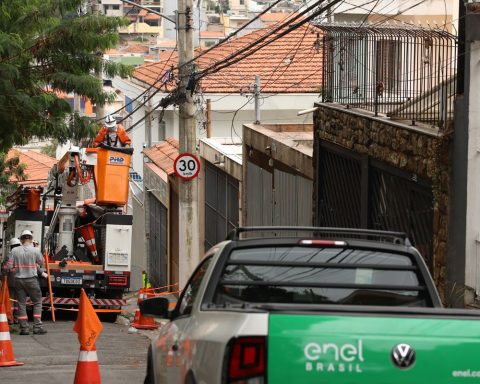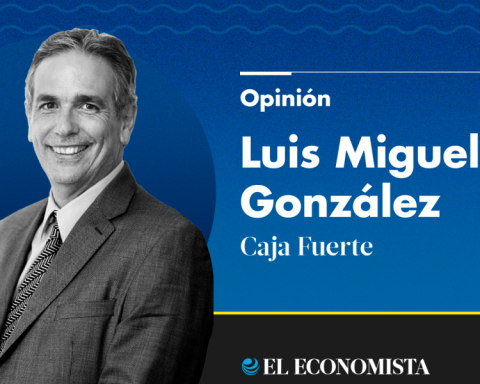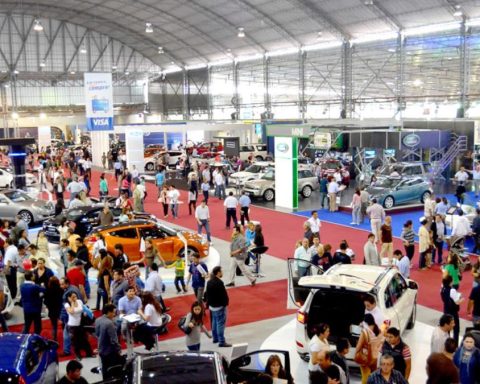Good news for Bolivia’s foreign trade. Exports grew by 33.6%, driven by good prices on a global scale, but above all by the good results obtained by the non-traditional sector, which contributed 50% of the country’s foreign sales, displacing even hydrocarbons.
In total, national exports reached US$4,241 million in the first quarter of 2022. Of this amount, the non-traditional sector contributed US$2,145 million, according to the latest report published by the National Institute of Statistics (INE).
Although hydrocarbon exports grew by 33.7%, reaching US$910.7 million. However, the good results are due to the price factor and not to the volume, explained specialists consulted by EL DEBER.
Soy and gold, the pillars
Among non-traditional sales, metallic gold exports stand out, reaching US$821.4 million, while soybean products added another US$544.5 million. For its part, sales of metallic tin reached US$264.9 million.
Other segments that stand out in exports are the sales generated by the agricultural sector. For example, the external marketing of chestnuts grew by 45.4%. While sesame (sesame) exports rose by 43.1% and bananas by 29.9%, says the INE.
“The increase in exports in the activity of the manufacturing industry is also explained by the exports that correspond to granulated urea, whose value reached US$71.2 million,” said the INE.
The general manager of the Bolivian Institute of Foreign Trade (IBCE), Gary Rodríguez, explained that without taking into account foreign sales of metallic gold, non-traditional exports represent approximately 27% of the total.
He pointed out that since 2019 the non-traditional sector is gaining more relevance; first due to the increase in export volumes and the increase in prices in the global grain market, such as soybeans.
“There is an improvement in non-traditional exports, contrary to what is happening in the hydrocarbon sector. Now, 27 of every 100 dollars that enter (from exports) are generated by agricultural, livestock, agro-industrial, lumber, manufacturing and artisan products, ”he said.
He argued that growth is not only due to the price factor. He calculated that the value of non-traditional exports grew by 48% compared to April of last year, but the volume exported soared by 44%.
“What does this mean? That there is a greater productive effort. And this implies a greater movement of the economy and generation of jobs. The dollars that we are losing in the non-traditional sector have to be compensated in some way,” he said, noting that even exports this year would have an extra income of $1 billion if the country allowed the use of more seeds with biotechnology in crops such as soy.
For his part, the economist Germán Molina, argued that given the depletion of natural gas deposits, the non-traditional sector can help boost national foreign trade.
He regretted that despite the good prices on a global scale, countries do not have more volumes of natural gas to be able to increase their income much more.
“We would benefit more if we had more gas reserves. For example, we would not give Argentina less than what it requires for winter,” Molina said.
The previous week, the president of YPFB, Armin Dorgathen, admitted a considerable increase in fuel imports, which even exceed natural gas exports, but assured that it is temporary and that the state company is working on a plan to reduce external purchases and increase production.


















